Potty training is an important developmental milestone that marks a child’s relative independence. Yet, potty training is daunting for parents as well as for children because it involves establishing a routine, creating good habits, enforcing discipline, and being patient.
Responsive parenting helps parents and children achieve success. Since children’s personalities and physical abilities differ, potty training times can vary for each child. If a child is taking a long time to potty train and is having a lot of accidents, it can be very frustrating.
However, knowing how a child’s brain development affects potty training helps parents be a bit more patient and have more realistic expectations. It also encourages responsive parenting instead of reactive parenting.
Your Baby’s Mental Development and Its Link to Potty Training
The brain plays a significant role in bodily functions like urination and defecation even in adults. When the bladder is full or when a bowel movement occurs, the brain receives a signal that it is time to go to the bathroom, and people do so without even realizing the neurological processes involved.
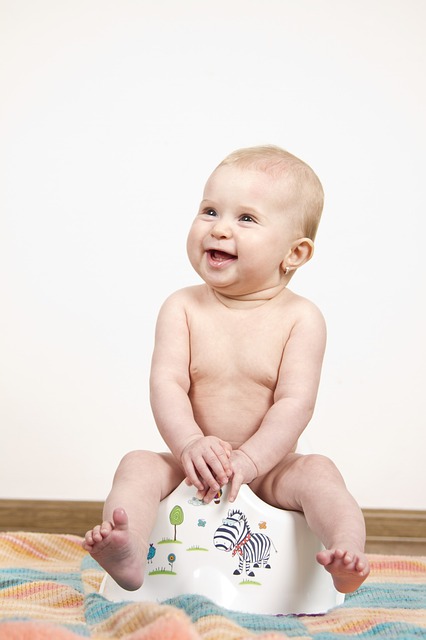
One research study explains, “Micturition, or urination, occurs involuntarily in infants and young children until the age of 3 to 5 years, after which it is regulated voluntarily. The neural circuitry that controls this process is complex and highly distributed: it involves pathways at many levels of the brain, the spinal cord, and the peripheral nervous system and is mediated by multiple neurotransmitters.”
In babies, the neurological signal from the bladder reaches the spinal cord but not the brain. The signal from the bladder doesn’t reach the brain until the toddler years. The child then becomes aware of the sensation of having a full bladder and the urge to pee. The timing of this transition differs from child to child. Before this crucial connection between the mind and the bladder is established, attempts at potty training are usually met with frustration and resistance.
Before successful potty training can take place, a child has to master different developmental milestones in the proper sequence. First, the child needs to become aware of the urge to go to the bathroom. Then, the child must understand how much time he or she has to reach the bathroom. Finally, the child must be able to communicate the need to go potty to the parent. Responsive parenting helps parents read the child’s subtle cues.
Usually, a child achieves bladder control during the daytime when he or she is one and a half to two years old. Nighttime bladder control, however, takes more time to master and usually happens when the child reaches three to five years of age. Also, girls tend to master bladder control earlier than boys in the majority of cases.
Potty Training Readiness Signs
Although it is a good idea to introduce the concept and routine of potty training, parents cannot force their babies to master this milestone. Potty training is easier once the child is ready.
A baby may be ready to start potty training when he or she is able to keep a diaper dry for an extended period of time or when the baby becomes fussy even in a slightly wet diaper.
For parents who wonder whether they are too early or too late for potty training, these research findings offer guidance: “Early initiation of intensive toilet training correlates with an earlier age at completion of toilet training but also a longer duration of toilet training. Earlier toilet training is not associated with constipation, stool withholding, or stool toileting refusal.”
Initiation of intensive training before 27 months does not correlate with the earlier completion of toilet training, suggesting little benefit in beginning intensive training before 27 months of age in most children. —Researchers at the Children’s Hospital of Philadelphia, University of Pennsylvania
Here are some tips that can help parents potty train their toddler:
- Develop familiarity. As part of responsive parenting, start introducing the child to the potty long before he or she needs to actually use it. Place a potty training chair in the child’s room for easier access or in the living area. When the child is ready to start potty training, put the child on the potty while he or she is wearing a diaper then make him or her sit on it without a diaper. Parents can give the child a book or a favorite toy when he or she is sitting on it. It’s okay if the child doesn’t use the potty initially. The idea is to get the child used to the concept of sitting on the potty.
- Be consistent. Start putting the child on the potty after every thirty minutes or after an hour. Set up a timer on your cell phone to help maintain a consistent routine. Even if the child is wearing a diaper, start placing him or her on the potty the first thing in the morning, after every meal, when venturing out, and before going to bed. Gradually increase the time between potty training sessions.
- Go naked. Since diapers absorb wetness, babies keep using them. They don’t feel wet and uncomfortable until a diaper is full. Therefore, allow the child to go diaper-free during the day. When the diaper is removed and the child eventually pees, he or she inevitably gets wet and feels uncomfortable. Gradually, the child tries to hold the pee in or alerts the parents. However, be prepared for accidents.
- Empathize and encourage. No matter how disappointed and frustrated parents feel during the initial attempts, they shouldn’t take it out on their child with coercion and shame. Rather, they should strive to practice patient and responsive parenting. No one likes to be reminded of failure, even a small child. So, don’t turn potty training into a power struggle.
- Have a reward system. Offer the child plenty of encouragement during the potty training phase with responsive parenting. Develop a reward system for every accomplishment, even the smallest ones, like a drop that makes it into the potty instead of spilling on the floor. The reward can be a piece of candy or a sticker—anything the child values.
- Transition gradually. Once the child is able to stay dry for some time while awake, let the child nap without a diaper. (Don’t forget to place absorbent lining or disposable bedding or a pad on the bed.) Also, take the child outside for half an hour without a diaper. Of course, there’s always the risk of an accident; however, parents need to take calculated risks at times so that both the parents and the child can gain confidence in the potty training process.
- Establish a nighttime routine. Nighttime potty training is an entirely different game and needs more time. Even if the child is still wearing diapers to bed, make sure to limit his or her intake of fluids after 9:00 p.m. (this also means restricting nighttime bottles). The child’s ability to sleep in a relatively drier diaper is the first step in nighttime potty training. Once the child is no longer using diapers, make sure to wake up the child periodically (at least two to three times) throughout the night to go to the bathroom. Nighttime potty training affects everyone’s sleep, but it is a part of responsive parenting and is rewarding in the long run. It trains the child’s mind to send a wake-up signal to the body when it’s time to go to the bathroom.
Potty training can be hard and daunting. Accidents are prone to happen. However, once a child masters this crucial milestone, both the parents and the child feel immensely accomplished and proud. Responsive parenting helps develop a child’s personality in a wholesome manner.
If a child does not get the hang of potty training beyond four years of age despite persistent efforts, talk to a pediatrician to rule out any underlying health issues and get the necessary help.
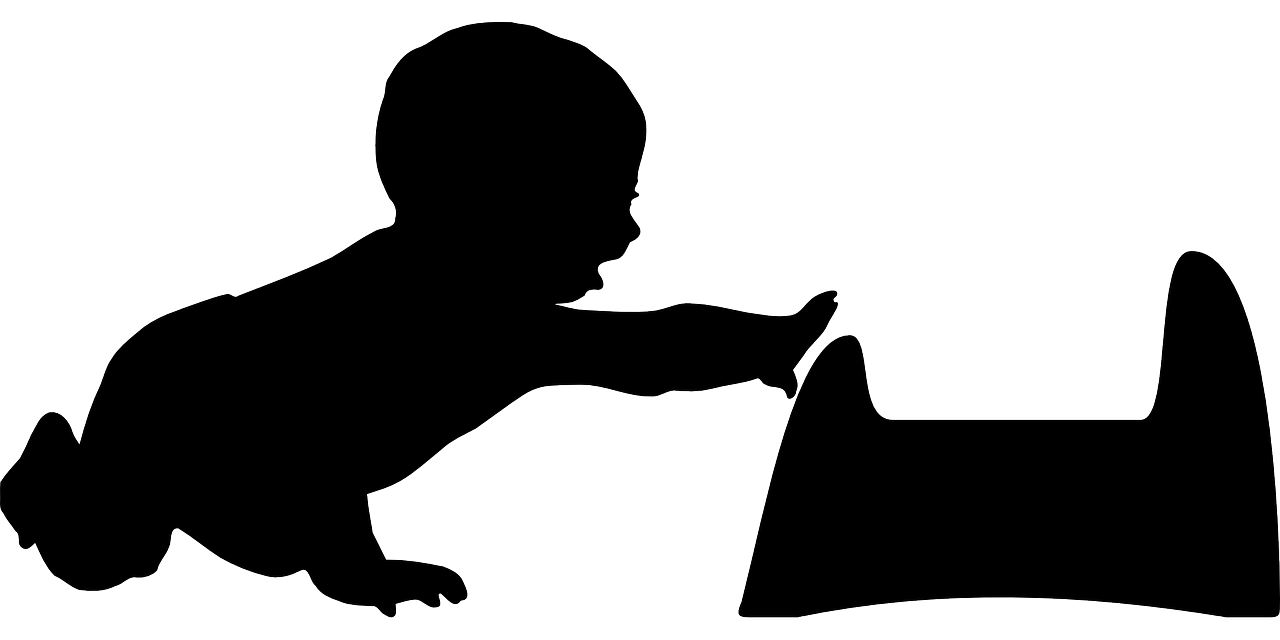
References
- Fowler, Clare J., Derek Griffiths, and William C. de Groat. “The Neural Control of Micturition.” Nature Reviews Neuroscience 9, no. 6 (2008): 453–466. Retrieved from https://www.ncbi.nlm.nih.gov
- Blum, Nathan J., Bruce Taubman, and Nicole Nemeth. “Relationship between Age at Initiation of Toilet Training and Duration of Training: A Prospective Study.” Pediatrics 111, no. 4 (2003): 810–814. Retrieved from http://pediatrics.aappublications.org

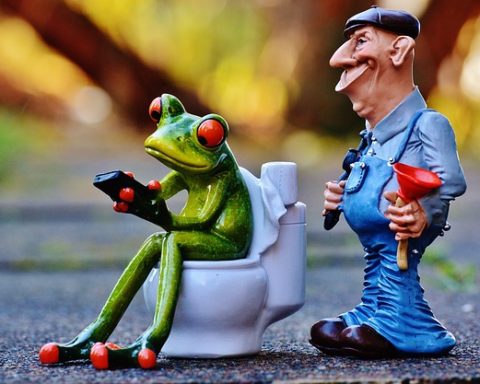
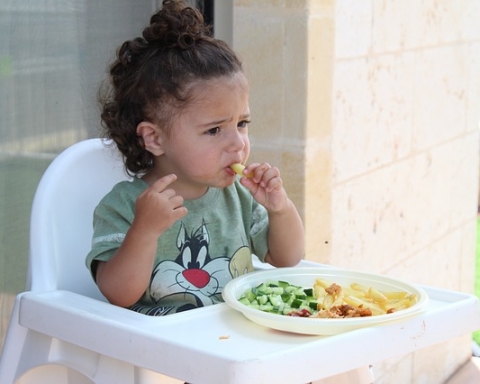

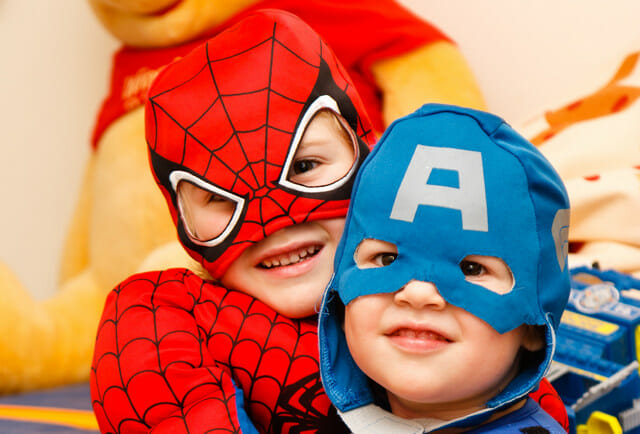

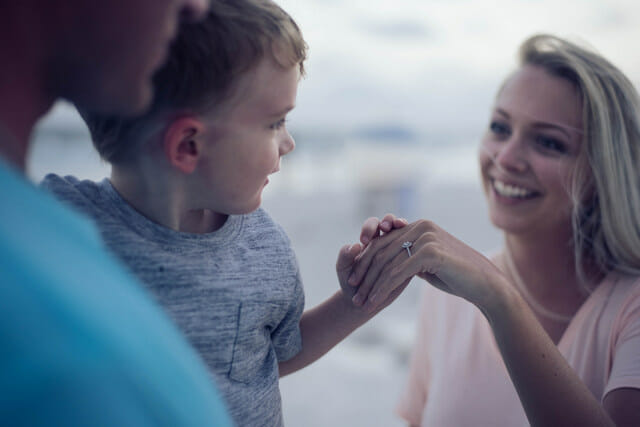
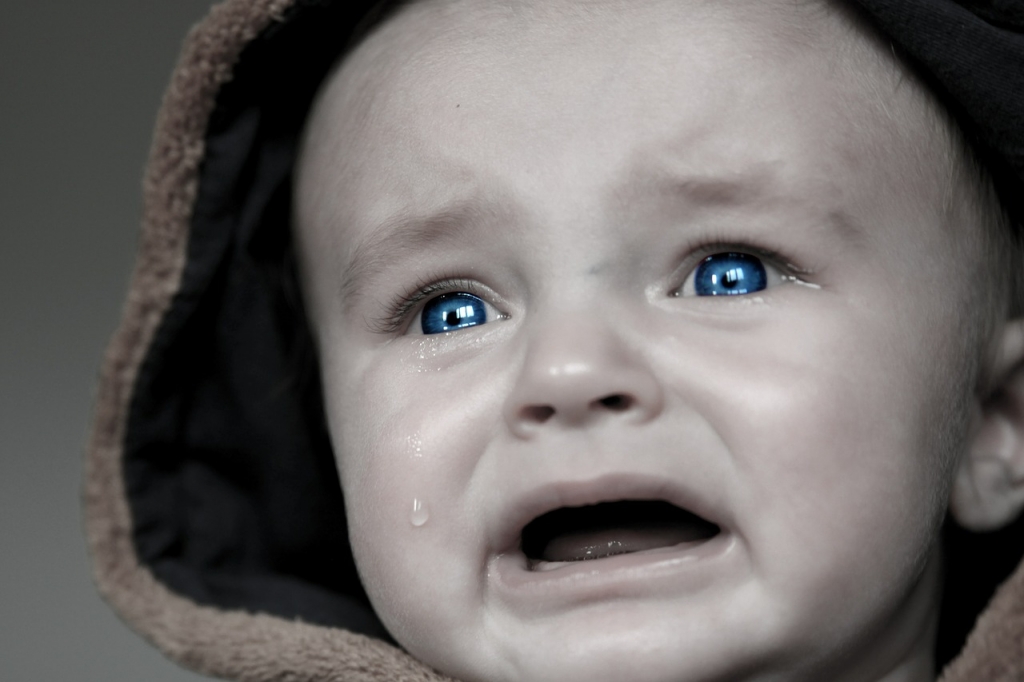
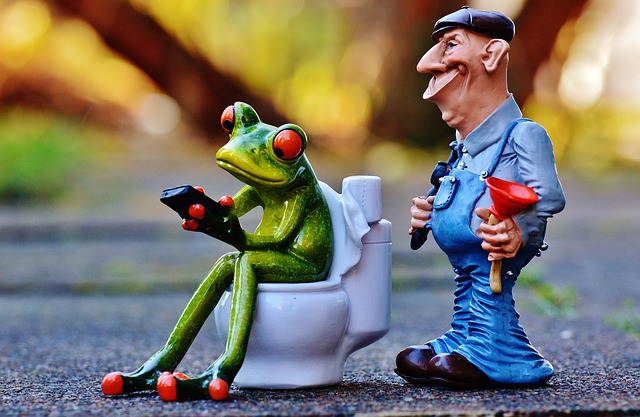
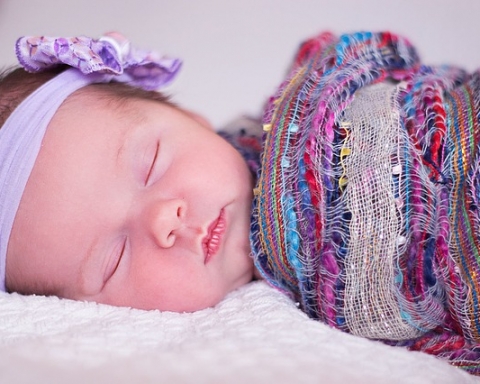
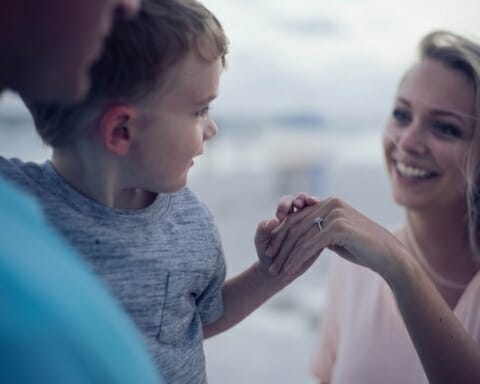


[…] in the body depends on several internal as well as external factors. Babies need external help from responsive parenting to regulate their hormones, which start producing properly after the third […]